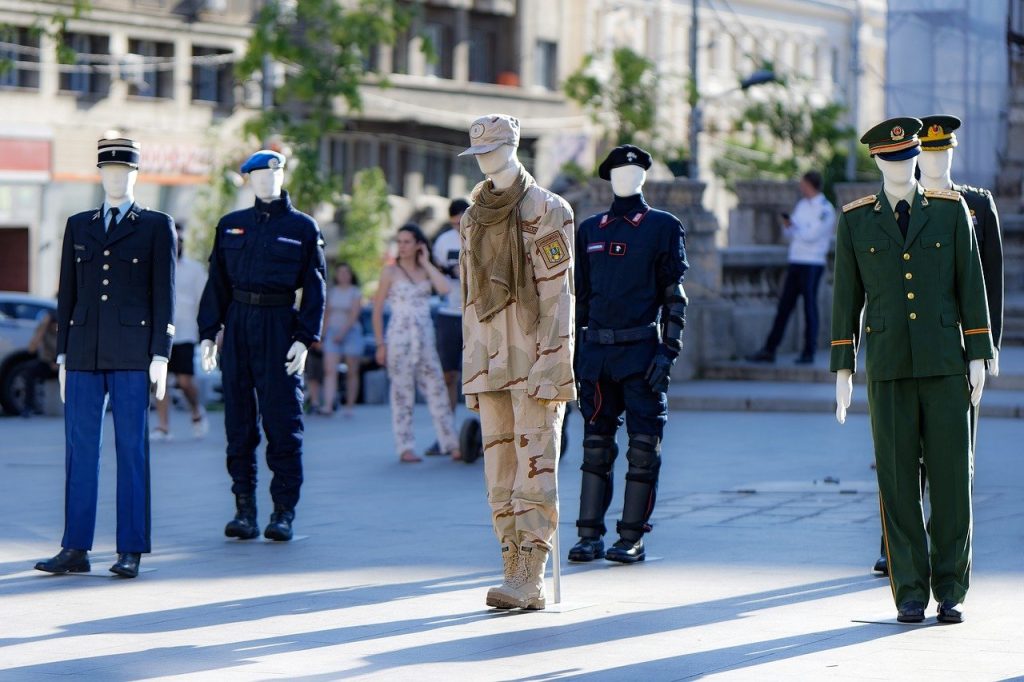Imagine a decorated military officer standing before his peers, extending a firm handshake to a young recruit. As their hands clasp, a small, intricately designed coin passes between them. This simple yet profound act is steeped in tradition, honor, and respect. Awarding challenge coins is a ritual that goes beyond mere recognition; it fosters a deep sense of camaraderie and pride. But what are the rituals, traditions, and ceremonies behind this practice? Let’s delve into the fascinating world of awarding challenge coins.
Challenge coins have a rich history, particularly within the military, where they serve as tokens of honor, bravery, and loyalty. Today, their use has expanded beyond the armed forces to various organizations and institutions, each embracing the tradition in their unique way. This article explores the rituals, traditions, and ceremonies involved in awarding challenge coins, addresses common concerns, and provides insights on how to incorporate this meaningful practice into your organization.
The History and Significance of Challenge Coins
Origins of Challenge Coins:
The tradition of challenge coins is believed to have originated during World War I, where they were used to identify and reward soldiers for their bravery and service. Over time, the practice evolved, and challenge coins became symbols of membership, honor, and unity within various military units.
- Historical Roots: Challenge coins were initially used to foster esprit de corps among troops. They were often given to soldiers as a form of recognition for their achievements and dedication.
Example: A pilot who performed a heroic act during a mission might receive a challenge coin from his squadron leader as a symbol of bravery and valor.
Modern Significance:
Today, challenge coins are used in various settings, from corporate environments to community organizations, to recognize exceptional service and build a sense of belonging.
- Symbol of Unity: Challenge coins serve as a tangible reminder of one’s affiliation with a particular group or organization. They are often exchanged during significant events or milestones, fostering a sense of unity and pride.
Example: A company might award challenge coins to employees who have completed a major project, recognizing their hard work and dedication.
Rituals and Traditions of Awarding Challenge Coins
The Handshake Exchange:
One of the most iconic rituals associated with awarding challenge coins is the handshake exchange. This tradition involves presenting the coin discreetly during a handshake, symbolizing trust and respect.
- Subtle Presentation: The coin is typically placed in the palm of the giver’s hand, and as the handshake is made, the coin is passed to the recipient. This subtle exchange adds a layer of personal connection and honor to the ceremony.
Example: A police chief might use the handshake exchange to award a challenge coin to an officer for outstanding performance in the line of duty.
Ceremonial Presentations:
In more formal settings, challenge coins may be awarded during ceremonies, accompanied by speeches and public recognition. This approach enhances the significance of the award and publicly acknowledges the recipient’s achievements.
- Formal Recognition: Ceremonial presentations often involve a detailed recounting of the recipient’s accomplishments, followed by the presentation of the coin in front of peers and superiors.
Example: During a company’s annual awards banquet, executives might present challenge coins to top performers, highlighting their contributions and celebrating their success.
Addressing Common Concerns
Cost of Producing Challenge Coins
Custom challenge coins can be perceived as expensive, especially for large organizations with many recipients.
Solution: Bulk Ordering and Simplified Designs
Ordering challenge coins in bulk and opting for simpler designs can help manage costs. Additionally, the long-term benefits of enhanced morale and loyalty often outweigh the initial expense.
Example: A non-profit organization can reduce costs by ordering a large batch of coins with a simple yet meaningful design, ensuring they have enough for various recognition events throughout the year.
Perceived Value of Challenge Coins
Some might question whether recipients value challenge coins as much as traditional awards like plaques or certificates.
Solution: Personalization and Meaningful Context
Enhancing the perceived value of challenge coins involves personalizing them and presenting them in a meaningful context. Adding details such as the recipient’s name, the date, and specific achievements can make the coin more special.
Example: A challenge coin presented with a personalized certificate or during a heartfelt speech can significantly enhance its value to the recipient.
Future Trends in Challenge Coin Awarding
Innovative Designs:
With advancements in technology, the design possibilities for challenge coins are expanding. Innovations such as 3D printing, color enameling, and embedded technology (like QR codes) are adding new dimensions to these coins.
Example: A challenge coin with a QR code that links to a personalized video message from a leader can create a memorable and interactive experience for the recipient.
Sustainability:
As organizations increasingly focus on sustainability, the materials used for challenge coins are evolving. Eco-friendly materials and sustainable production methods are becoming more popular, aligning with the values of many modern organizations.
Example: Using recycled metals or biodegradable materials for challenge coins can reinforce an organization’s commitment to environmental stewardship.
Practical Tips for Implementing Challenge Coins
1. Define Clear Criteria:
Establishing clear criteria for awarding challenge coins ensures that the recognition is meaningful and merit-based. This approach helps maintain the value and integrity of the awards.
Example: Create specific categories such as “Leadership Excellence,” “Innovation Award,” and “Community Service” to recognize different types of achievements within the organization.
- The Balance Careers on Award Criteria
2. Personalize the Coins:
Adding personal touches to the coins, such as the recipient’s name, the date, and the specific achievement, can make them more valuable and meaningful.
Example: A coin awarded for exceptional volunteer work might include the recipient’s name, the date of the event, and an image representing the community they served.
3. Integrate Coins into a Broader Recognition Program:
Challenge coins should be part of a comprehensive recognition program that includes other forms of acknowledgment, such as certificates, public commendations, and professional development opportunities.
Example: Combine the presentation of challenge coins with a formal award ceremony, public announcements, and opportunities for professional growth.
Conclusion
Awarding challenge coins is a powerful tradition that honors excellence and fosters unity within organizations. By embracing the rituals, traditions, and ceremonies associated with challenge coins, you can create meaningful recognition experiences that boost morale and reinforce a sense of belonging. Addressing concerns about cost and perceived value through thoughtful design and personalized touches ensures that these coins are cherished by recipients. As we look to the future, innovations in design and a focus on sustainability will continue to enhance the impact of challenge coins, making them an enduring symbol of honor and achievement.
You can fill out a quote for high-quality event specific challenge coins here or call us at 800-335-2403.



